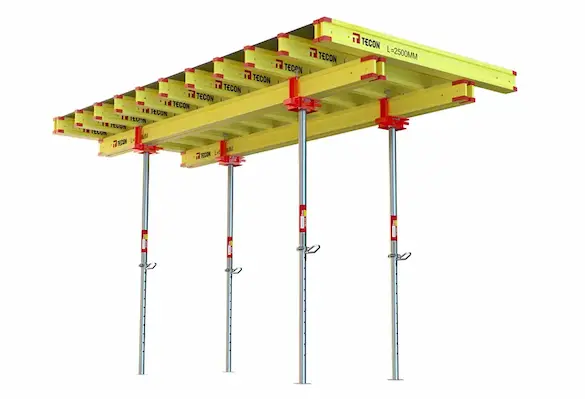Ago . 13, 2024 00:00 Back to list
Exploring Innovations in Climbing Formwork System Manufacturing and Its Impact on Construction Efficiency
The Evolution and Importance of Climbing Formwork Systems in Construction
In recent years, the construction industry has seen a significant evolution in the methodologies and technologies employed to enhance efficiency and safety on job sites. One of the pivotal advancements in this field is the development and widespread adoption of climbing formwork systems. These innovative systems have revolutionized the way high-rise structures are constructed, providing numerous benefits that address both practical and safety concerns inherent in traditional construction methods.
The Evolution and Importance of Climbing Formwork Systems in Construction
Moreover, safety is a paramount concern in construction. Traditional formwork systems often pose risks due to the necessity of scaffolding and the complex logistics involved in moving and assembling formwork. Climbing formwork systems minimize these concerns by providing a stable and secure working platform that remains anchored to the structure being built. This permanence greatly reduces the likelihood of workplace accidents and injuries, as it enhances the overall safety of the work environment for construction crews.
climbing formwork system factories

Environmental considerations have also become increasingly important in construction practices. Climbing formwork systems contribute to sustainability efforts by reducing waste associated with traditional formwork. The reusable nature of these systems means that fewer materials are discarded after a project is completed. Furthermore, because climbing formwork often enhances construction speed, it can lead to shorter project timelines, which in turn reduces the environmental impact associated with prolonged construction activities.
The versatility of climbing formwork systems is another significant advantage. These systems can be tailored to accommodate a variety of architectural designs and complexities. Whether the structure features smooth surfaces, intricate geometries, or varying heights, climbing formwork can be adapted to meet specific project requirements. This flexibility opens up a range of possibilities for architects and engineers, allowing them to push the boundaries of modern design while ensuring efficient construction.
Factory production of climbing formwork systems further enhances their effectiveness and reliability. Advanced manufacturing techniques and quality control measures ensure that these systems meet stringent safety and durability standards. Factories specializing in climbing formwork have emerged, focusing on the design and development of high-quality products that can be seamlessly integrated into construction projects. These specialized factories not only contribute to superior product quality but also drive innovation in formwork technology, reflecting the industry's evolving needs.
In conclusion, climbing formwork systems have established themselves as a vital component of modern construction practices. Their ability to enhance safety, improve efficiency, minimize waste, and adapt to complex designs makes them an indispensable tool for builders and architects alike. As the construction industry continues to innovate and evolve, the role of climbing formwork will undoubtedly expand, paving the way for even more sustainable and effective building solutions. As more construction companies recognize the benefits of these systems, it is clear that climbing formwork manufacturing will continue to be a dynamic and essential sector in the construction industry.
-
OEM Column Formwork: Circular, Curved & Inclined Solutions
NewsAug.26,2025
-
Premium Scaffolding Jacks: Stable, Adjustable & Durable
NewsAug.25,2025
-
OEM Wall Formwork & Shuttering: Flexible & Curved Solutions
NewsAug.24,2025
-
Adjustable Heavy Duty Props for Slab Formwork | Strong & Reliable Support
NewsAug.23,2025
-
Adjustable Heavy Duty Props for Slab Formwork - Strong & Safe Support
NewsAug.22,2025
-
Formwork Spring Clamp Factories: Quality & Bulk Supply
NewsAug.21,2025